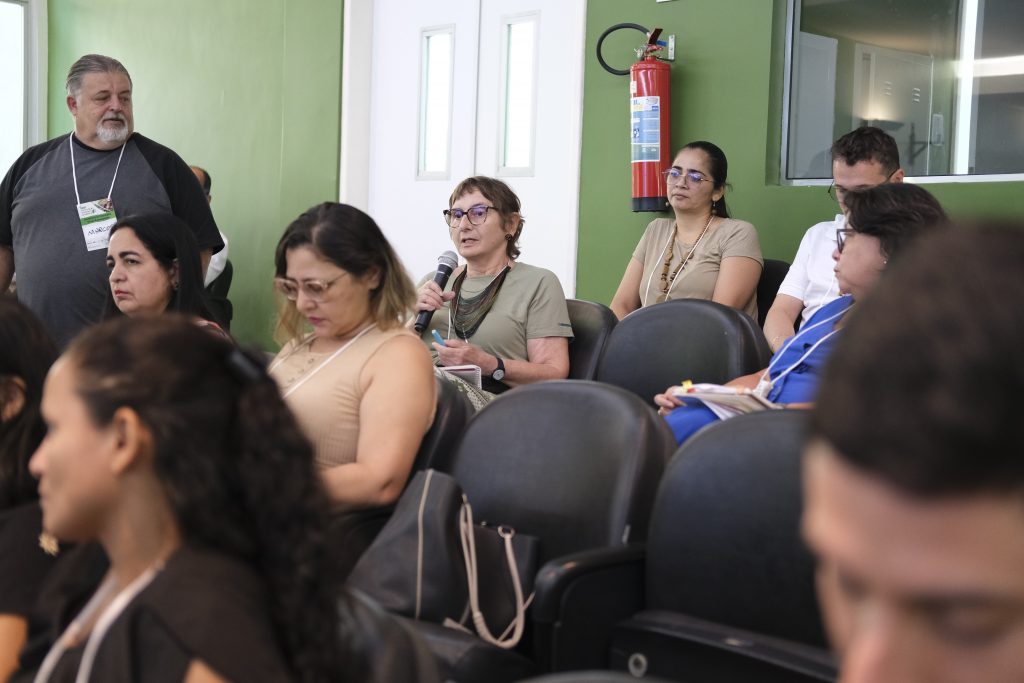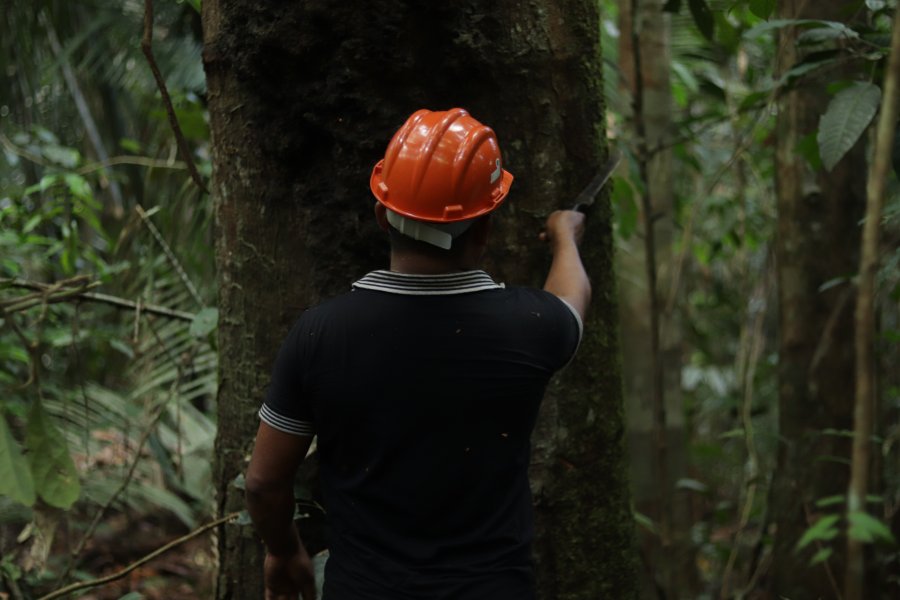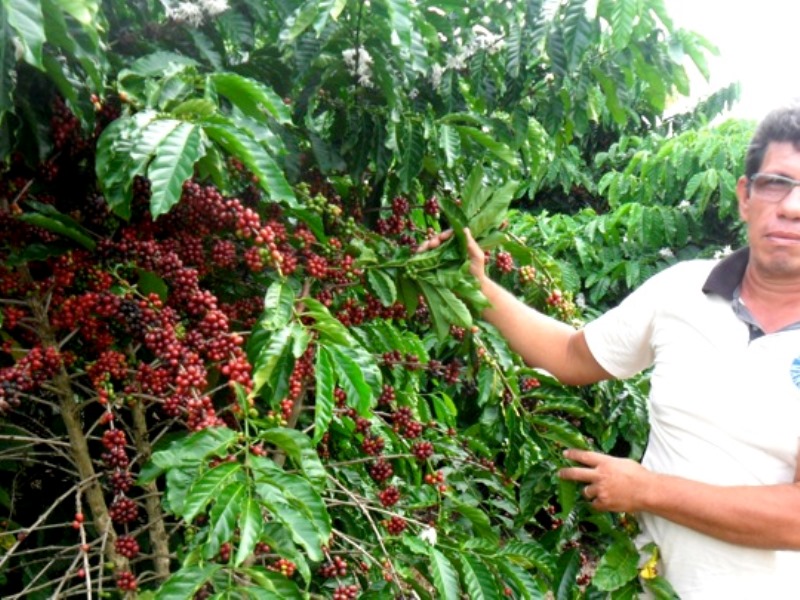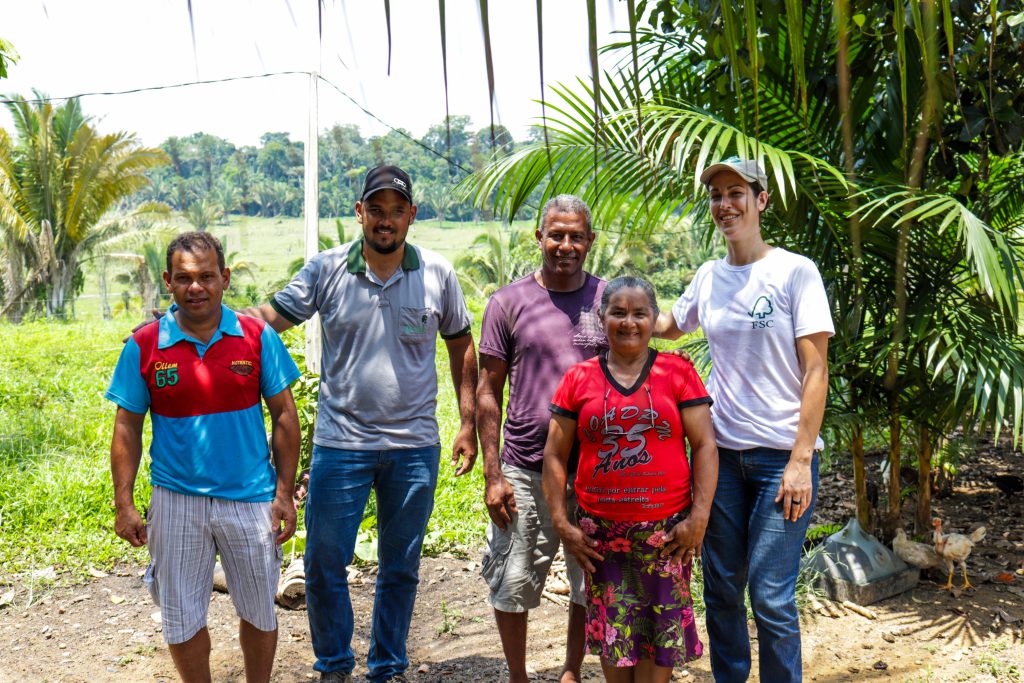Novo guia busca reconhecer papel de empresas e comunidades na conservação florestal
By Lucas Moreno
Translated by Fernanda Barbosa and Felipe Sá
The communities and companies that contribute to the conservation of the Amazon forest and, consequently, to the reduction of Greenhouse Gases (GHG) emissions have just received a boost: Idesam and Natura launched a simplified methodological guide for structuring Payments for Environmental Services (PSA, in Portuguese) in small properties and communities in the Amazon.
The guide, available in digital format, aims to encourage and facilitate the emergence of projects from a simplified step-by-step, which can be applied and adapted to different Amazon regions.
>> Click here to access the new publication (portuguese only)
The steps include estimating deforestation rates, elaborating reference scenarios and recognizing the role of small farmers in preventing the loss of forest cover in their properties, using sustainable production practices.
According to Keyvan Macedo, Natura’s Sustainability manager, the guide was applied to the Reca Project, located at the tip of Abunã, in the state of Rondônia, as an inaugural forest insetting experience, within the guidelines of the company’s Natura Carbon Neutral Program.
“Having an offsetting strategy in alignment with Natura’s raw material supply chain generates income to producers, contributes to increasing the production chain resilience and also supports forest conservation , in a virtuous cycle with multiple gains”, Macedo explains.
Pedro Soares, Climate Change and REDD+ project manager at Idesam and co-author of the publication, highlights that the guide has as its fundamental premise to offer a credible, consistent, simplified and low-cost application tool for companies, producers and communities.
“Companies that support projects and local communities need practical and clear tools to evaluate and account the impacts of their projects and activities on climate, biodiversity and forest conservation”, he explains.
Soares also states that the methodologies and certification patterns that are available nowadays have high transaction costs and rules that are not appropriate to micro and small scale projects, invalidating these projects.
In addition to explaining the main concepts to be used when designing the project in small scale properties and traditional communities, the guide also shows all the steps and methodological criteria aimed at accounting and monitoring the generated benefits.
During the development process, the authors conducted a broad technical and methodological analysis of existing certification standards, and counted on the support from a committee of revisers consisting of experts on payments for environmental and forest carbon services.






Leave a Reply